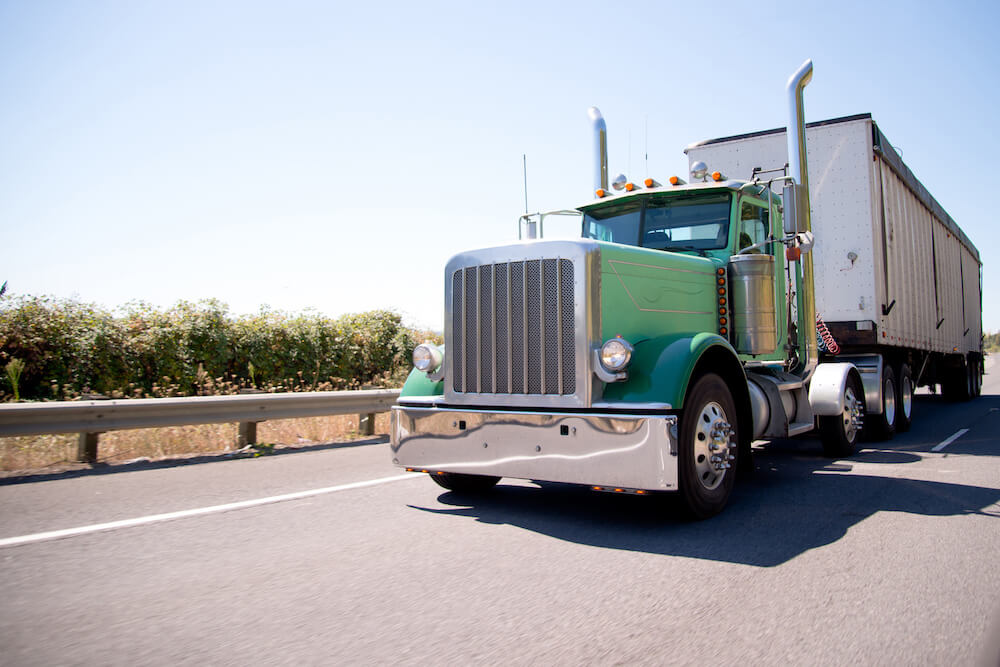The Department of Transportation (DOT) oversees the Federal Motor Carrier Safety Administration (FMCSA), which most commercial truck drivers are familiar with. It also oversees a branch called the Office of Drug and Alcohol Policy and Compliance (ODAPC). This organization maintains responsibility for drug and alcohol testing for the DOT. In addition to commercial bus and truck drivers, the ODAPC also handles the aviation, pipeline, railroad, mass transit, and several other transportation-related industries.
The ODAPC creates regulations for testing and trains other organizations on how to administer tests and interpret results. Congress has required drug and alcohol testing of commercial transportation drivers since the 1991 passage of the Omnibus Transportation Employees Testing Act.
Who must submit to drug and alcohol testing?
It’s common for employers in all industries to require employees to take a drug and alcohol screening test after a significant accident. The motor carrier industry carries out both post-accident and random testing to ensure the safety of the driving public. The DOT maintains a large list of regulations, including Rule 49 CFR Part 40 Section 40.1 that pertains to alcohol and drug testing. Additionally, maintaining abstinence from alcohol and mood-altering drugs while on duty is one of the seven expectations under the FMCSA Behavioral Analysis and Safety Improvement Categories (BASIC) program.
DOT regulations make it mandatory under CFR 382 for motor carriers to establish drug testing programs. Drivers and motor carriers meeting the following criteria must submit to testing when requested:
- Operate a vehicle that weighs more than 26,001 pounds.
- Operate a vehicle with seating for 16 or more passengers, including the driver.
- Transport hazardous materials while driving a vehicle of any size. This specifically applies to drivers required to place a hazardous materials placard on their truck.
Owner-operators and other employers who refuse to create a random drug testing program or follow it once established face potential fines of up to $10,000. The FMCSA monitors all new entrants to the drug and alcohol testing program during their first 18 months of operation. A new entrant automatically receives a failing score for the following violations:
- Using a driver when the employer knew he or she had a blood alcohol concentration of .04 or greater.
- Using a driver who refused to submit to a drug and alcohol test or who didn’t follow up with the required procedures after a positive test result.
- Not instituting any type of drug and alcohol testing program.
Additionally, the DOT and FMCSA expect employers to require drug and alcohol testing in these circumstances:
- Prior to hire
- Post-accident
- Reasonable suspicion
- Return to duty after a confirmed positive result
- Random testing for companies with two or more drivers
You can track your data on the drug and alcohol BASIC by requesting to see your file via the FMCSA website. It’s really important to be aware of drug and alcohol regulations.
Get truck insurance quotes.
It’s really important that you have the right truck insurance to protect your business. There are a lot of risks out there on the road. Our team of transportation professionals would be happy to help you get the insurance you need. We invite you to complete a commercial quote request form, give us a call, or message us on LiveChat to get started with your big rig insurance quotes.
Source:
https://www.fmcsa.dot.gov/regulations/drug-alcohol-testing/overview-drug-and-alcohol-rules



